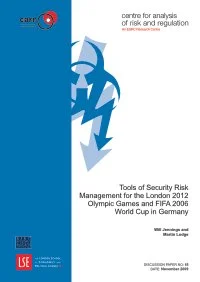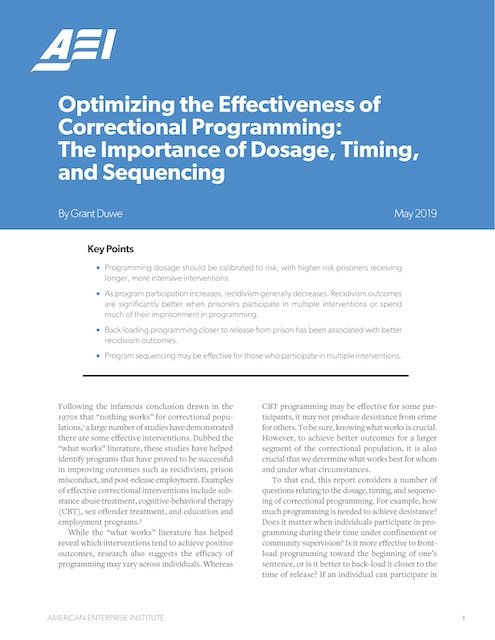By Brittany C. Cunningham, Vincent Bauer, Kira Cincotta, Jessica Dockstader, Benjamin Carleton, Bridgette Bryson, Daniel S. Lawrence
Officer safety is of critical importance in an era of increased risk for law enforcement officers (hereinafter “officers”). Officers respond to some of the most unpredictable, traumatic, and violent encounters of any profession. Although much of an officer’s workday entails repetitive interactions, some calls for service or self-initiated contacts by officers may escalate into dangerous encounters. For officers to adequately mitigate the risks they may encounter while responding to calls for service, they must be well informed regarding the types of risks they face, the situations that may pose greater risk, and the strategies that will mitigate these risks.
Although previous empirical work on officer safety has yielded many important insights, to our knowledge, no prior work has applied machine learning models to produce risk assessments to promote officer safety. This project explored the potential for machine learning to identify high-risk incidents to officers using only the information available to dispatchers. A risk assessment model that could successfully flag high-risk incidents at dispatch would be immensely useful to law enforcement agencies, making it possible for officers to be better informed about potential risk factors before arriving on scene. Such a model would also be useful to agencies as they decide how to allocate scarce resources, such as deciding which calls should receive single- or dual-officer vehicles, where to send alternative response teams, and whether to deploy specialized units.
Readers should be aware that the model reflects the data upon which it is built. Biases in reporting and collecting officer injuries, as well as in how officers respond to calls for service, will be mirrored in the model’s risk assessments. While we have gone to great lengths to build the model using objective factors, these biases could sometimes lead the model to identify a situation as high risk when in fact that situation reflects low risk to officers. Concerns about the potential for bias in machine learning are important to evaluate, and these techniques offer opportunities for objective empirical examination of divisive topics to minimize the bias that is already present in the real world.
Calls for service and Law Enforcement Officers Killed and Assaulted (LEOKA) data were merged from each of the four agencies, revealing the following findings:
Overall, the machine learning model performed well, correctly identifying officer injuries about half of the time. Given the rarity of officer injuries within the four agencies, being able to identify half of such rare situations is notable.
The model was also able to identify the factors that were the most important in predicting risk to officer safety and the types of incidents that posed the highest risk to officer safety. The results demonstrate that such a model can identify officer injuries from data on call characteristics; thus, whether such a model could be built into the dispatch process should be explored so that officers would be informed about potential risk factors before arriving at the location of a call.
The model highlighted factors and calls for service types that posed greater risks to officer safety.
The results of the machine learning model, along with the results from the officer interviews and surveys, also highlighted an often-overlooked aspect of police operations that is critically important to officer safety: dispatch.
Beyond producing statistical models, this project also collaborated with participating agencies to explore officer perspectives on safety and identify promising practices and recommendations to reduce risks to officers.
This project provides several practical benefits for improving officer safety. These benefits include the following:
Quantifying concepts that until now have been only informally or qualitatively understood (e.g., the relative risks of different calls for service types).
Comparing officer perceptions about injury risk to the quantitative data and identifying where gaps in understanding exist.
Highlighting the important relationship between dispatch and patrol, as well as the implications that this relationship has for officer safety.
Helping agencies assess the efficacy of their trainings and policies that directly affect officer safety.
Providing guidance on the information agencies collect and make available to dispatchers.
Supporting agencies to improve the amount and quality of risk and injury data agencies collect and use.
We hope that by providing agencies with a foundational knowledge of risks to officer safety, agencies will have a basis for modifying policy, training, and operations, leading to the implementation of strategies, processes, and procedures to keep officers and the communities they serve safe.
Arlington, VA: CNA Corporation, 2024. 52p.





















